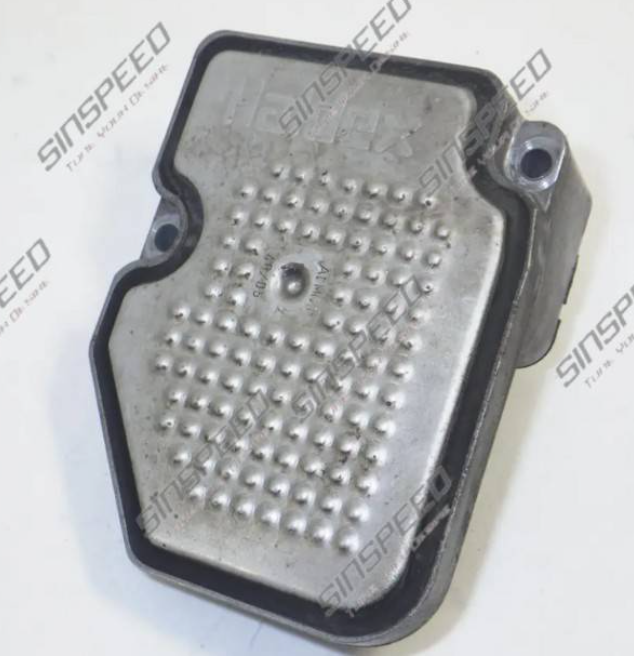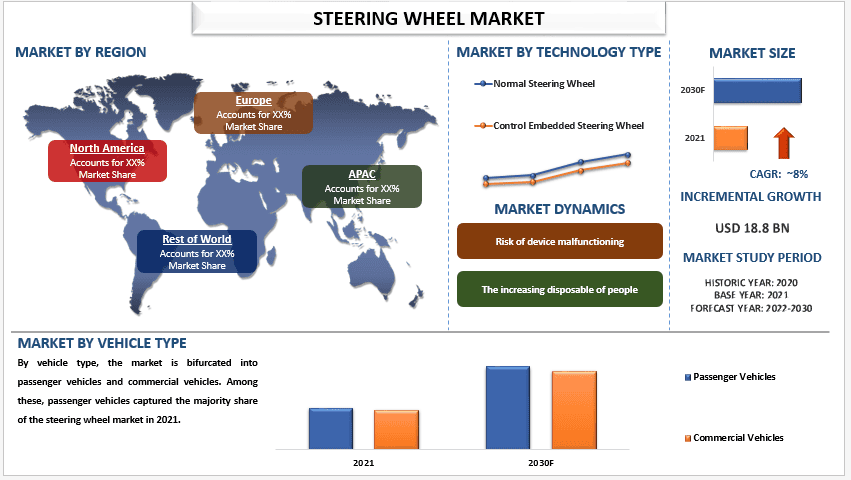Differential Electronic Module – The Hidden Brain of Your Vehicle’s Drivetrain

Modern vehicles are packed with sophisticated electronic systems designed to make driving smoother, safer, and more efficient. One such component, often overlooked but absolutely vital, is the differential electronic module. This system plays a key role in how power is distributed to the wheels, ensuring that your car maintains stability, traction, and performance under a variety of driving conditions.
What Is a Differential Electronic Module?
The differential electronic module (DEM) is essentially the electronic brain that manages your vehicle’s differential system. In simple terms, a differential allows the wheels of a car to rotate at different speeds—something essential when turning corners, driving on uneven terrain, or handling slippery surfaces.
Traditionally, differentials were entirely mechanical, but as vehicles have advanced, electronic control has been introduced to improve efficiency and safety. The DEM constantly monitors driving conditions and adjusts the differential’s behavior by communicating with other control units in the car, such as the engine control unit (ECU), traction control, and stability systems.
Why It Matters
The importance of the differential electronic module cannot be overstated. It influences several aspects of a vehicle’s performance, including:
-
Improved Stability: Helps keep the car balanced when cornering or driving at high speeds.
-
Optimized Traction: Adjusts wheel power to maintain grip on slippery roads.
-
Enhanced Fuel Efficiency: Ensures power is distributed where it’s needed most, reducing unnecessary strain.
-
Safety: Works alongside ABS and traction control systems to prevent skidding or wheel spin.
In short, the DEM ensures that your vehicle operates smoothly and safely across different conditions.
How the Differential Electronic Module Works
At its core, the DEM is a computer that collects and processes data from multiple sensors across the car. Here’s a step-by-step breakdown of how it works:
-
Data Collection: The DEM gathers information from wheel speed sensors, throttle input, steering angle, and brake systems.
-
Analysis: It compares these readings against pre-programmed control maps to decide how much torque to send to each wheel.
-
Action: The DEM activates actuators and hydraulic systems within the differential to adjust torque distribution.
-
Continuous Monitoring: This process happens constantly, ensuring the car adapts in real time to changing driving conditions.
Types of Differential Systems Controlled by a DEM
Depending on the make and model, vehicles may use different types of differentials. The DEM plays a crucial role in each of them:
-
Limited-Slip Differential (LSD): Adjusts torque so wheels with more grip receive more power.
-
Active Differential: Uses electronic controls to vary torque distribution dynamically for maximum performance.
-
All-Wheel Drive (AWD) Systems: Ensures power is shared correctly between front and rear axles for optimal traction.
-
Torque Vectoring Systems: Provides advanced control by directing torque to individual wheels, enhancing cornering ability.
In all cases, the DEM acts as the decision-maker that fine-tunes how the differential responds.
Signs of a Faulty Differential Electronic Module
Like any electronic system, the DEM can develop issues over time. Common warning signs include:
-
Warning Lights: ABS, traction control, or stability control warning lights may illuminate.
-
Unusual Driving Behavior: Sudden loss of traction, wheel spin, or poor handling.
-
Noisy Differential: Clicking or grinding sounds when cornering.
-
Reduced Performance: Difficulty maintaining stability on wet or uneven roads.
-
Error Codes: Diagnostic tools may show fault codes relating to the DEM.
If left unchecked, these issues can affect not only driving comfort but also the safety of the vehicle.
Causes of DEM Failures
A differential electronic module can fail for several reasons, including:
-
Water or Moisture Damage: Since DEMs are often located near the rear differential, they are exposed to road conditions and moisture.
-
Wiring Problems: Corrosion or broken connectors can interrupt signals.
-
Software Issues: Outdated or corrupted software may cause malfunctions.
-
Mechanical Stress: Prolonged strain on the drivetrain can indirectly impact the DEM.
-
Overheating: Excessive heat from continuous heavy loads can damage internal circuits.
Diagnosing DEM Problems
When issues arise, mechanics typically use specialized diagnostic equipment to read error codes stored in the DEM. These codes provide insights into whether the problem is electrical, software-related, or linked to mechanical components.
Sometimes, issues can be resolved with a simple software update, while in other cases, the DEM may need repair or replacement. Because the module interacts with other vehicle systems, proper diagnosis is essential to avoid unnecessary repairs.
The Role of DEM in Vehicle Safety
The differential electronic module is not just about performance—it’s also a safety feature. By distributing torque intelligently, it helps prevent dangerous driving situations such as:
-
Wheel slip on icy or wet roads.
-
Loss of stability during sharp cornering.
-
Skidding when accelerating or braking suddenly.
In vehicles equipped with advanced driver assistance systems (ADAS), the DEM works closely with sensors and safety features to provide a safer driving experience.
Extending the Life of Your DEM
Although the DEM itself doesn’t require routine maintenance, its performance can be protected through good vehicle care:
-
Check Differential Fluid: Keeping the fluid clean and at the correct level helps the system operate efficiently.
-
Regular Servicing: Routine inspections can catch wiring or connector problems early.
-
Avoid Overloading: Excessive weight or aggressive driving can strain the drivetrain.
-
Protect Against Water Exposure: Avoid deep water crossings that may flood sensitive electronic components.
These small steps can prevent costly DEM repairs down the line.
Future of Differential Electronic Modules
As vehicles continue to evolve, the DEM is becoming even more advanced. In electric and hybrid vehicles, it not only manages torque distribution but also works with regenerative braking systems to optimize energy recovery.
Looking ahead, we may see DEMs that incorporate artificial intelligence, allowing them to predict driving conditions and adjust the drivetrain proactively rather than reactively. This would mean even safer, more efficient, and smoother driving experiences.
Conclusion
The differential electronic module is one of those hidden systems that most drivers never think about but rely on every time they get behind the wheel. By controlling how power is distributed to the wheels, it plays a key role in stability, safety, and performance.
If you notice signs of a faulty DEM, don’t ignore them. These issues can worsen over time and compromise both your comfort and safety. Find a specialist near you, as there are companies that offer expert diagnostics and repairs for differential electronic modules, ensuring your vehicle continues to run at its best.






